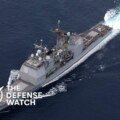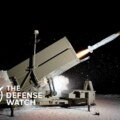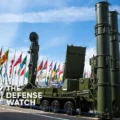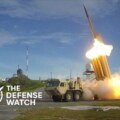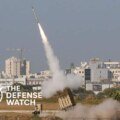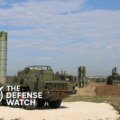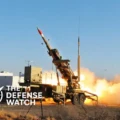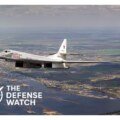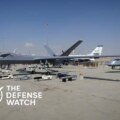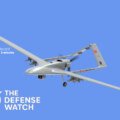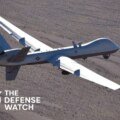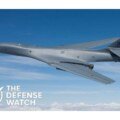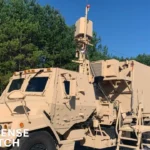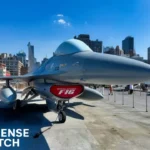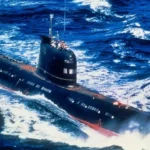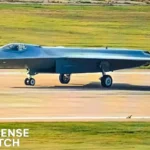- Home
- Catalog
- Attack & Multirole Drones (UAVs)
- CH-4 Rainbow UAV
CH-4 Rainbow UAV
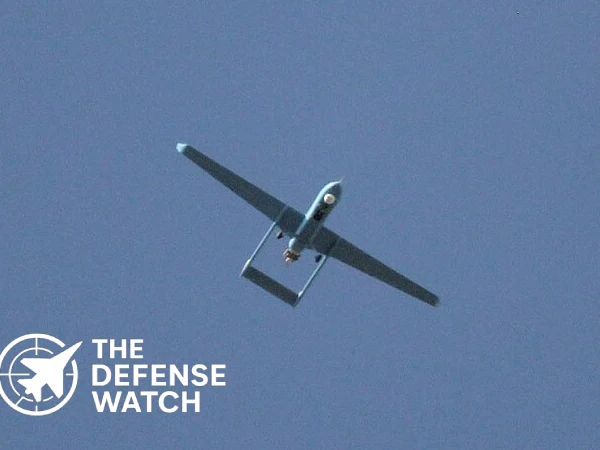



Full Specifications
1. General Information
| Manufacturer | China Aerospace Science & Technology Corp. (CASC) |
| Country of Origin | China |
| Type / Role | Armed Reconnaissance / Strike UAV |
| First Flight / Introduced | 2011 / 2014 |
| Status | In Service / Exported |
| Unit Cost | USD 4–6 Million (Approx.) |
2. Performance
| Maximum Speed | 235 km/h |
| Cruise Speed | 180 km/h |
| Operational Range | 2,000 km |
| Endurance | 30 hours |
| Service Ceiling | 26,000 ft |
| Rate of Climb | 5 m/s |
3. Dimensions
| Length | 8.5 m |
| Wingspan | 18 m |
| Height | 2.5 m |
| Maximum Takeoff Weight (MTOW) | 1,330 kg |
4. Payload & Armament
| Payload Capacity | 345 kg |
| Hardpoints | 4 |
| Weapons | AR-1 Missiles, FT-5 Guided Bombs |
| Sensors | EO/IR Sensor, SAR, Laser Designator |
| Avionics | GPS/INS, Data Link, Targeting Pod |
5. Propulsion
| Engine Type | Piston Engine (Pusher Propeller) |
| Engine Power | 100 hp |
| Propeller Type | 3-Blade Propeller |
6. Communication & Control
| Control Type | Remote / Autonomous |
| Data Link Range | 250 km LOS / Satellite Beyond LOS |
| Navigation | GPS / INS |
| Ground Control Station | Mobile or Fixed Facility |
7. Operational Use
| Primary Users | China, Iraq, Saudi Arabia, Egypt, Pakistan |
| Combat Proven | Yes |
| Notable Operations | Iraq, Yemen |
PROS
- Long endurance and range for ISR missions
- Capable of precision strike operations
- Affordable export option for developing nations
- Satellite link for beyond-line-of-sight control
- Proven combat record in Middle East operations
CONS
- Less reliable than Western UAVs
- Limited payload compared to MQ-9 Reaper
- Restricted operational ceiling
- Moderate sensor performance
- Vulnerable to electronic jamming
CH-4 Rainbow: China’s Combat-Proven Armed Drone
The CASC CH-4 “Rainbow” is one of China’s most successful medium-altitude, long-endurance (MALE) unmanned aerial vehicles, developed by the China Aerospace Science and Technology Corporation (CASC). Introduced in the early 2010s, the CH-4 has become a cornerstone of China’s growing UAV export market, offering a cost-effective counterpart to the U.S. MQ-9 Reaper and MQ-1 Predator.
Design and Capabilities
Built for intelligence, surveillance, reconnaissance (ISR), and precision strike missions, the CH-4 features a slender fuselage, long wingspan, and pusher-propeller configuration for endurance and stability. It comes in two main variants — CH-4A (unarmed ISR) and CH-4B (armed reconnaissance). The CH-4B can carry up to 345 kg of munitions across four hardpoints, including AR-1 laser-guided missiles and FT-series precision bombs.
With an operational range of 2,000 km and an endurance of up to 30 hours, the CH-4 provides extended loiter time for sustained battlefield presence. Its electro-optical/infrared sensors, synthetic aperture radar, and satellite communication systems enable real-time intelligence transmission and strike coordination.
Operational History
The CH-4 has been exported widely, serving in the air forces of Iraq, Saudi Arabia, Egypt, Jordan, and Pakistan. It has seen combat use in Iraq and Yemen, where it conducted counterterrorism and border surveillance missions. Although praised for affordability and ease of maintenance, the CH-4 has faced criticism for limited reliability and control range compared to Western UAVs.
Reviews
Disclaimer Note
The information provided on TheDefenseWatch.com is for general informational purposes only. While we strive to ensure the accuracy, completeness, and timeliness of our content regarding defense and aerospace products, technologies, and specifications, we cannot guarantee that all information is 100% accurate or up-to-date due to the evolving nature of military technology and classified data. TheDefenseWatch.com does not warrant the reliability, suitability, or availability of the information for any specific purpose. Users are advised to consult official sources, such as manufacturers, government publications, or defense agencies, for precise and verified data before making decisions based on our content. We are not affiliated with any defense manufacturers, governments, or military organizations mentioned. Opinions, reviews, and ratings reflect expert analysis but are subjective and should not be considered endorsements. TheDefenseWatch.com is not responsible for any errors, omissions, or consequences arising from the use of this website’s content. External links are provided for convenience and do not imply endorsement. TheDefenseWatch.com reserves the right to update or modify content without prior notice. By using this website, you agree to our Privacy & Cookies Policy.

